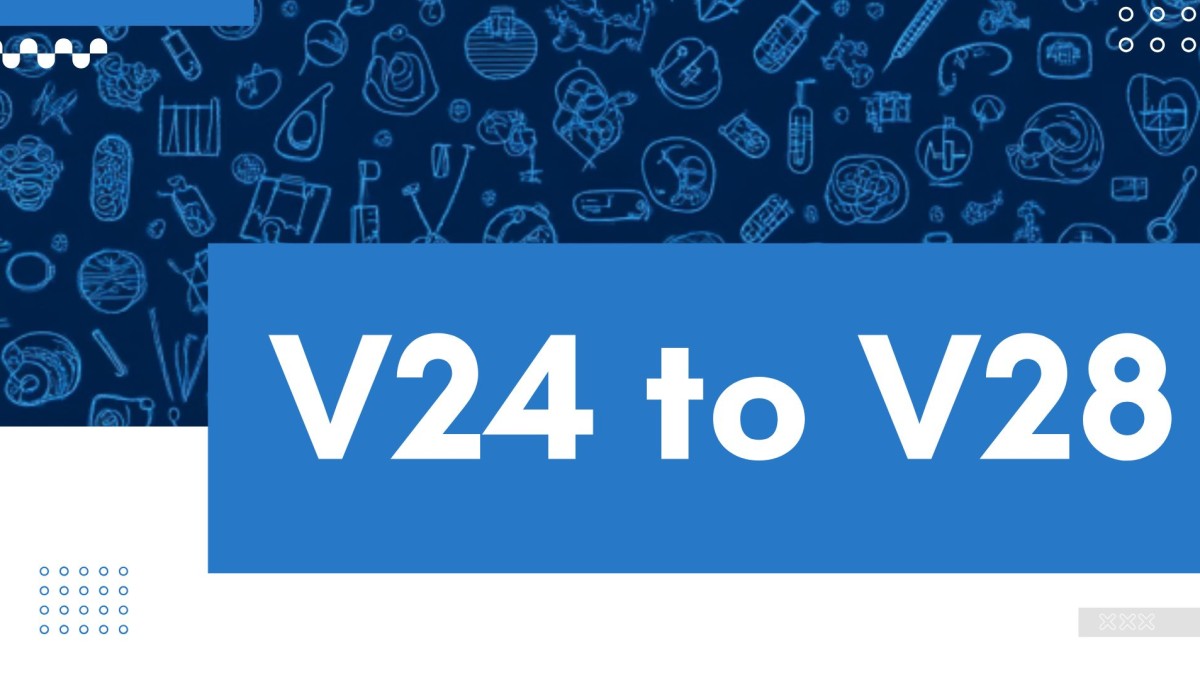Navigating the Shift: From V24 to V28 in Risk Adjustment

If you’re in the world of risk adjustment coding, you’ve probably heard the buzz about the transition from V24 to V28. It’s a major shift with some significant changes that are bound to impact how we work. Let’s break it down in a way that’s easy to digest.
What’s the Big Deal?
Risk adjustment is all about predicting healthcare resource needs based on patient demographics and health status. The transition from V24 to V28 is like moving from a flip phone to a smartphone—same basic function, but a whole lot more capability.
Key Changes at a Glance
Here’s a snapshot of what’s changing:
- More HCC Categories: We’re going from 86 to 115 categories. That’s a lot more nuance and specificity.
- Streamlined Codes: The total number of ICD-10-CM codes in the model drops from 9,856 in V24 to 7,805 in V28.
- Adjustments to HCC Trump Categories: Increased from 37 to 60.
- Code Removal: A whopping 2,294 diagnosis codes are getting the boot, accounting for 23% of risk-adjusting codes in V24.
Why Make the Change?
The primary goal is accuracy. V28’s use of ICD-10-CM ensures that only well-defined conditions affecting cost prediction are included. This change aims to reduce RAF scores by around 3.1%, aligning reimbursement more closely with actual resource needs.
Plus, some conditions are no longer considered significant for risk adjustment. For instance, codes for conditions like peripheral vascular disease without complications and mild forms of major depressive disorder didn’t make the cut.
What’s New?
V28 brings in some interesting additions:
- Chronic conditions like severe persistent asthma.
- Rare but impactful conditions, such as malignant ascites.
- More precise categorizations for conditions like diabetes and heart failure.
What’s Out?
Say goodbye to some of the old staples, including:
- Alcohol and cannabis use disorders.
- Mild protein-calorie malnutrition.
- Various forms of aneurysms without rupture.
Blended Model Transition
The switch isn’t happening overnight. For services rendered in 2023, 67% will still map to V24, with 33% on V28. By 2025, V28 takes over entirely. It’s a gradual handover to help everyone adjust.
Wrapping It Up
Change is never easy, but in this case, it’s a necessary step toward a more precise and fair system. As we transition to V28, it’s crucial to stay informed and adapt our practices. So, buckle up—it’s time to embrace the future of risk adjustment!
 Victoria Vo
Victoria Vo 